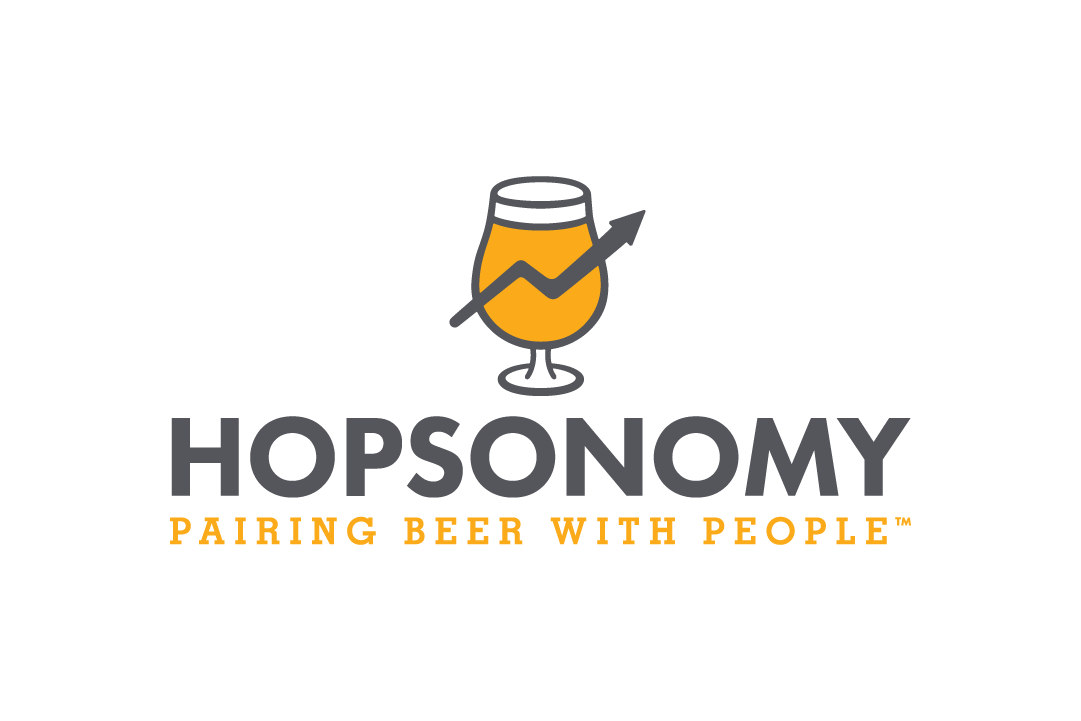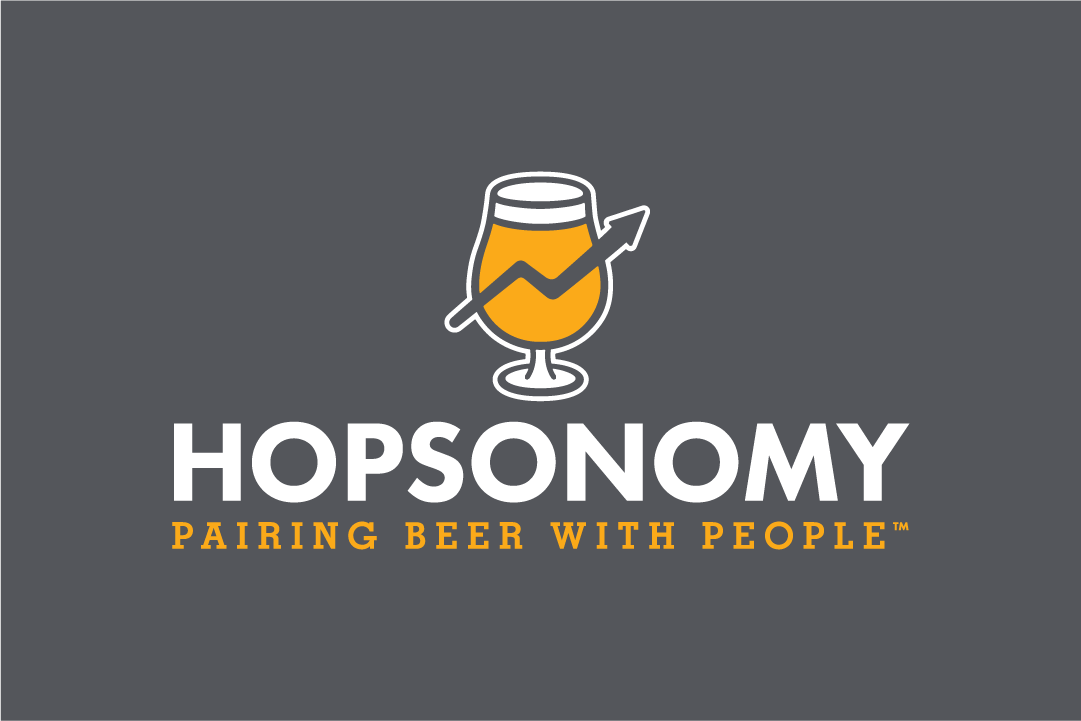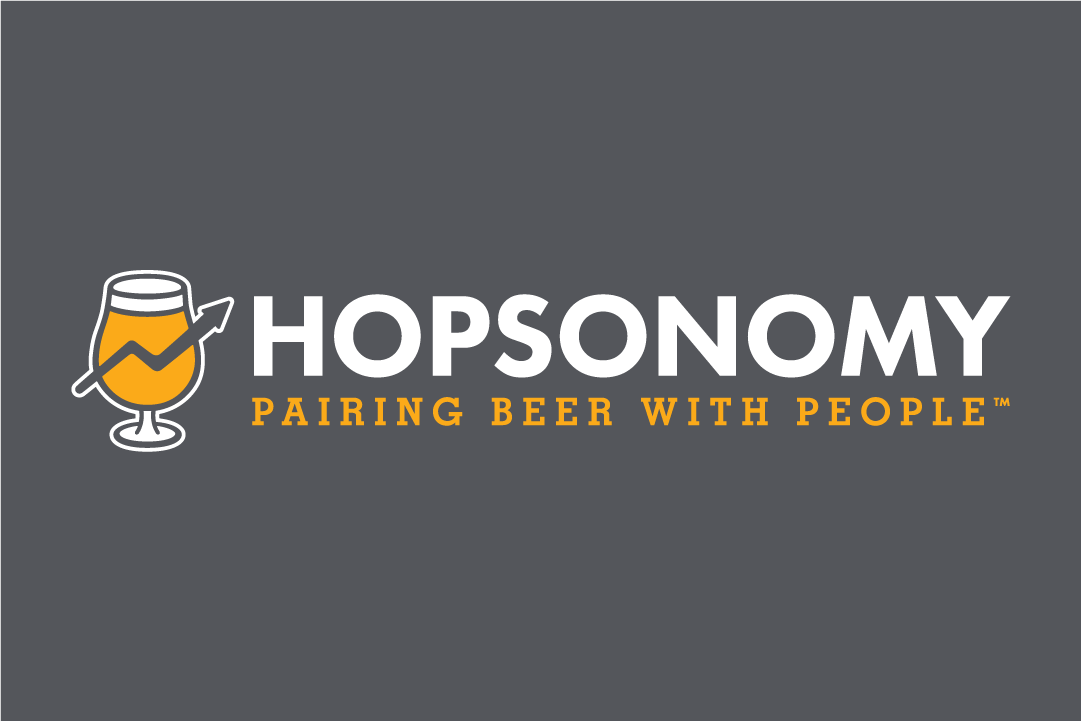
Hopsonomy provides an online learning platform that teaches restaurant, bar, and taproom employees how to sell craft beer. Users learn about craft beer to increase sales, improve customer experience, and keep up with changing industry trends.
Since many of the training and courses offered by beer industry certifications have a steep and often alienating learning curve, Hoponomy's founder identified an opportunity to speak more directly to service industry professionals with a friendlier, more approachable tone and approach.




The original brand identity for Hopsonomy confused potential customers, and the logo often led people to mistakenly assume the company sold hops, the beer ingredient itself.
I rebranded the company to establish credibility within the beer education and training marketplace, and to also stand out from the often expert-level, unapproachable competition with friendly, practical, and simple visual themes.
I created a large set of approachable illustrations to help convey concepts in the learning courses and to keep training simple, clear, and easily digestible.
I also designed a new responsive website and training platform with improved accessibility, SEO, overall user experience (UX/UI).

original logo & website





The company's tagline "Pairing Beer With People" offers a good window into an essential element in the process: People.
Beer customers display a broad spectrum of craft beer knowledge and can have palettes that are trained differently from person to person.
Hopsonomy courses train servers and hospitality industry workers ask questions and make suggestions determined by each individual customer's preferences.

I designed an icon set for the company to use across all customer touchpoints to explain both the brand to customers and then course concepts to trainees.

Specific, in-context set and settings help trainees connect their knowledge to the workplace scenarios and steps in the beer-making and selling process.
I designed several to staged background locations ranging from a brewery, to a bottle shop, to a taproom.

The combined character illustrations, scenes, and icons ultimately provided Matt and his Hopsonomy Learning & Development employees to assemble interactive training in their Storyboard 360 course design platform to pair beer with people.















